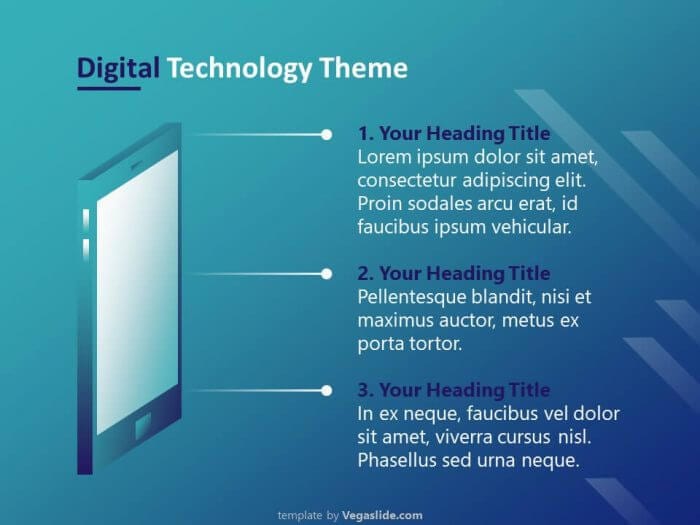Having correct spelling and grammar in your PowerPoint presentations is crucial for conveying professionalism and credibility. While PowerPoint has a built-in spell check feature, you may find it distracting or want to disable it at times.
In this comprehensive guide, I’ll walk you through exactly how to turn the spell check on and off in PowerPoint, so you can enable or disable it whenever needed.
Why Use Spell Check in PowerPoint
Here are some key reasons why you should use spell check in PowerPoint:
- It catches typos and spelling mistakes, allowing you to fix them before sharing your presentation with others. Nothing undermines your message more than sloppy errors!
- It ensures accuracy, clarity, and polish in your slides. Proper spelling and grammar make your content more readable.
- It adds an air of professionalism and credibility. Flawless spelling gives the impression that you paid attention to detail.
- For presentations given in other languages, it verifies correct grammar and word usage.
How to Enable Spell Check in PowerPoint
Spell check is turned on by default in PowerPoint. However, if you’ve disabled it, here is how to turn it back on:
- Go to the File tab and click Options.
- Select Proofing from the left sidebar.
- Check the box next to Check spelling as you type.
- Click OK to save the changes.
Once enabled, PowerPoint will underline words it thinks are misspelled with a red squiggly line as you type text into slides. You can right click the word to see suggestions and correct the mistake.
How to Run a Manual Spell Check
Instead of having spell check automatically flag errors as you go, you can also run a manual check on the entire presentation:
- Go to the Review tab
- Click Spelling
- PowerPoint scans all text in the presentation and shows the first potential error
- Choose a correction for the word or select Ignore if it’s correct
- Continue through each flagged word until the spell check is finished
Running a full spell check gives you a last chance to catch any lingering typos before finalizing your presentation.
How to Disable Spell Check in PowerPoint
There are instances where having the constant spell checking can be disruptive. Here is how to turn it off completely:
- Go to File > Options
- Click Proofing on the left
- Uncheck the box next to Check spelling as you type
- Click OK to confirm
With spell check disabled, PowerPoint will no longer flag spelling errors in your presentation.
Important: Be sure to re-enable it once you’ve finished your work or run a manual check before finalizing.
Customizing Spell Check Options
You can customize what spell check focuses on within the proofing options:
- Open File > Options > Proofing
- Check or uncheck boxes like:
- Ignore words in UPPERCASE
- Ignore words that contain numbers
- Flag repeated words
- Enforce accented uppercase in French
- And more
- Click OK to apply
Adjust these settings to have spell check work the way you prefer.
Changing Spell Check Language
The default dictionary language for spell check matches your operating system’s display language. To change it:
- Go to Review tab
- Click Language and select Set Proofing Language
- Choose the desired language from the drop-down menu
- Click OK
Now spell check will reference the grammar rules and dictionary for that language instead.
Why Spell Check Sometimes Fails in PowerPoint
If you notice spell check is missing clear errors, here are some potential reasons:
- Improper language setting – Double check it’s set to the language you are typing in
- Text box issues – The language may not carry over properly into text boxes. Try re-selecting it.
- Special characters/formatting – Certain characters and text formatting can confuse spell check
- Custom dictionaries – Someone may have added an incorrect spelling to the custom dictionary
Adjusting language settings usually resolves undetected errors.
Best Practices for Spell Checking Presentations
To leverage spell check most effectively, keep these tips in mind:
- Set the correct language before starting
- Know how to quickly fix or ignore flagged words
- Run a manual check after finishing major edits
- Disable spell check if it gets distracting but re-enable after
- Double check text in shapes and text boxes
- Make sure audience names, product names, and other proper nouns are in the dictionary or will be ignored
Conclusion
Paying attention to proper spelling and grammar in your PowerPoint presentations is essential. Fortunately, the built-in spell checker makes it easy!
Now that you know how to turn spell check on or off, enable language settings, run manual checks, and customize options, you can keep your slides mistake-free.
Implementing these best practices will ensure your presentations always put your best foot forward and leave positive professional impressions on audiences.




